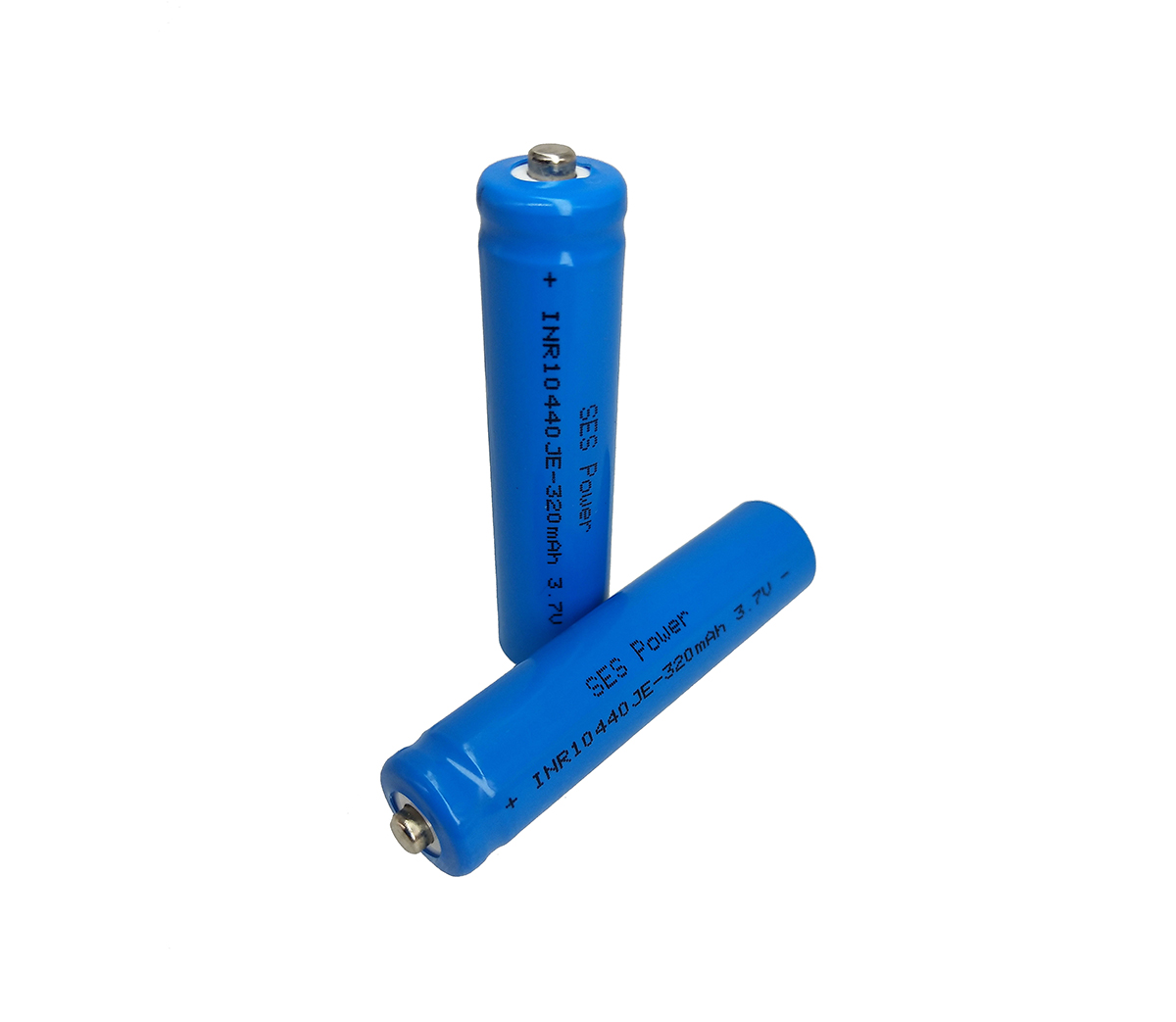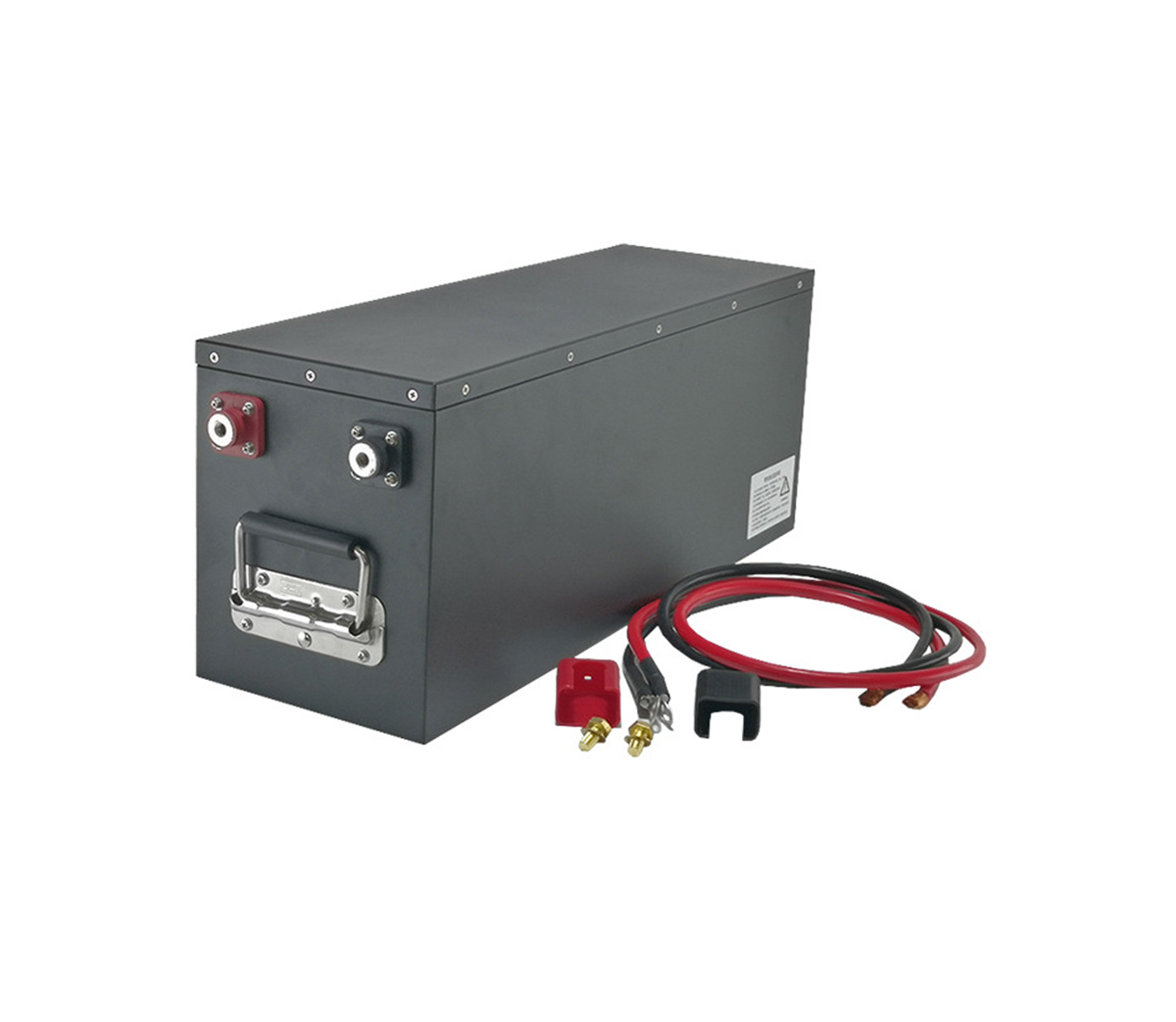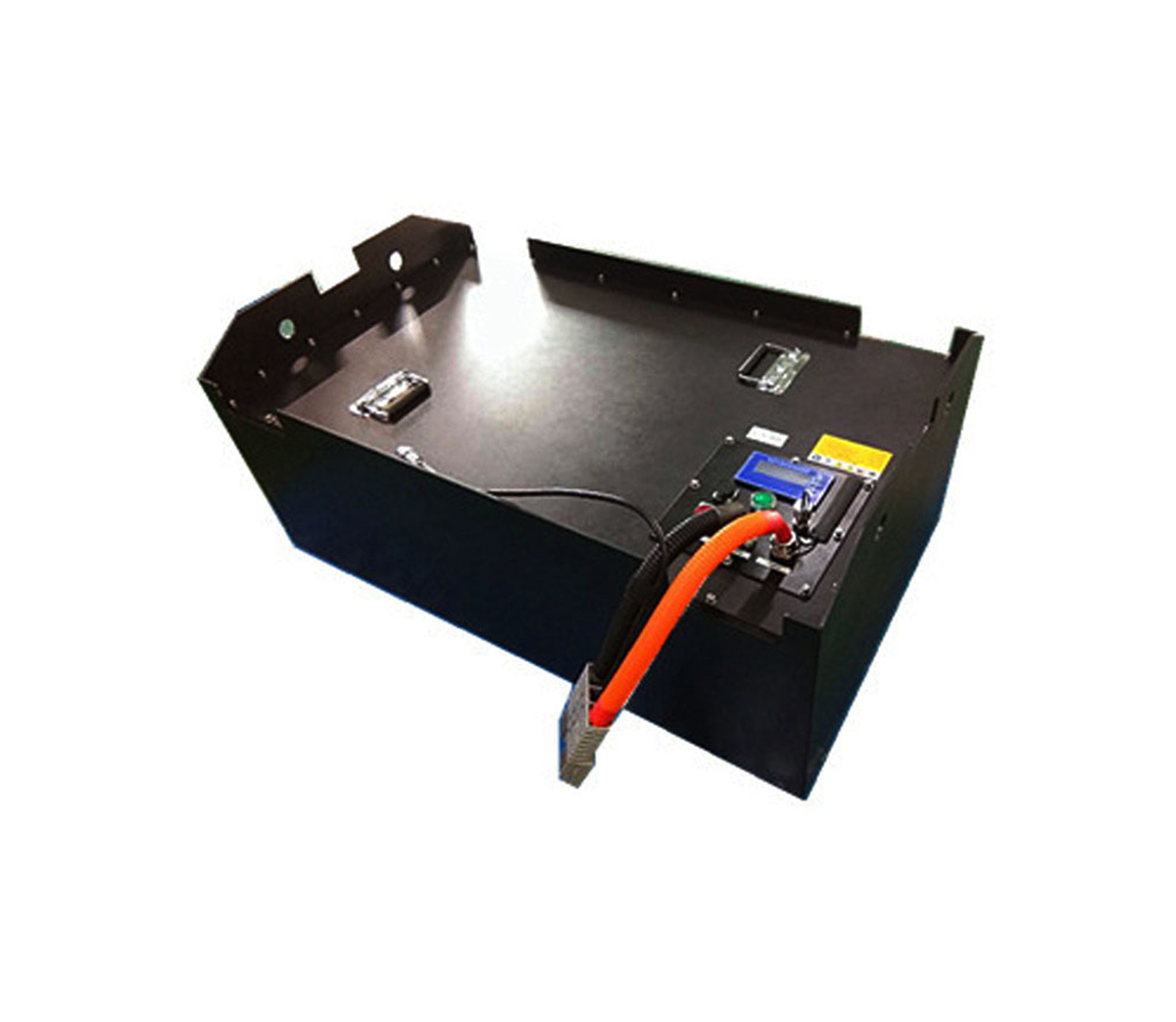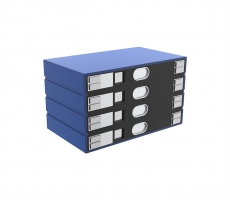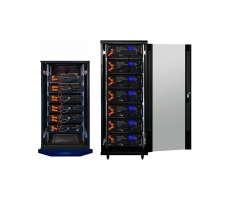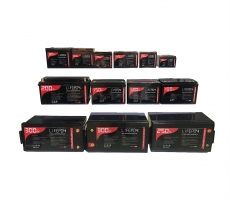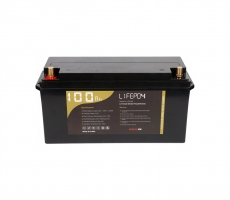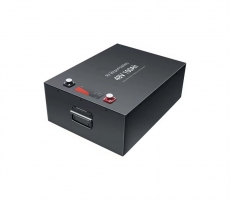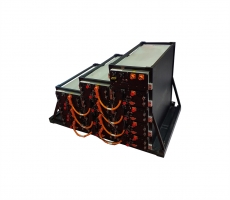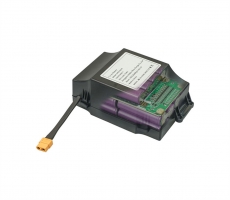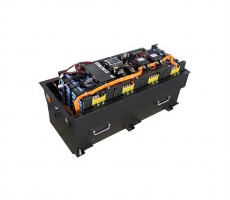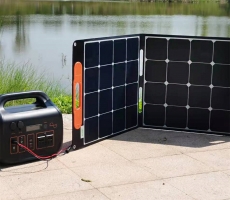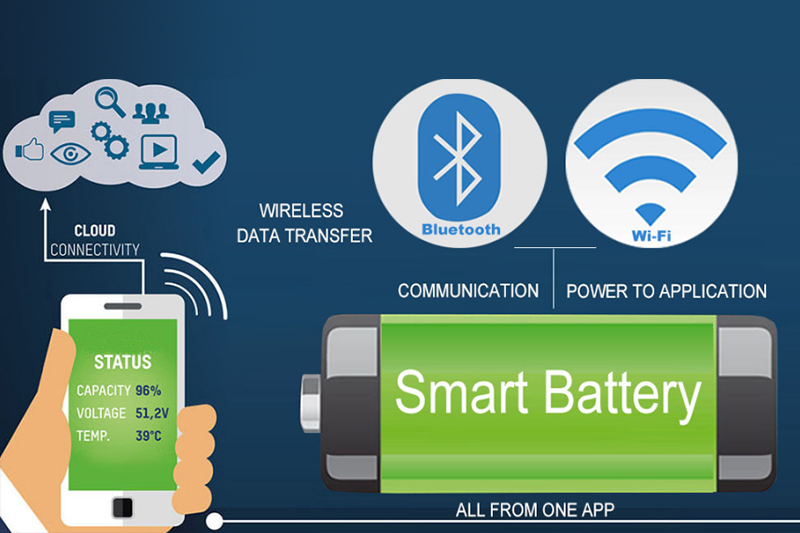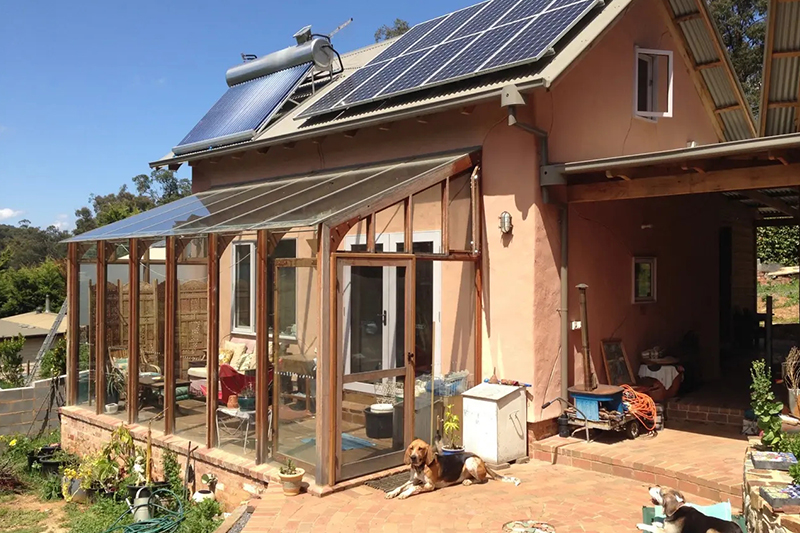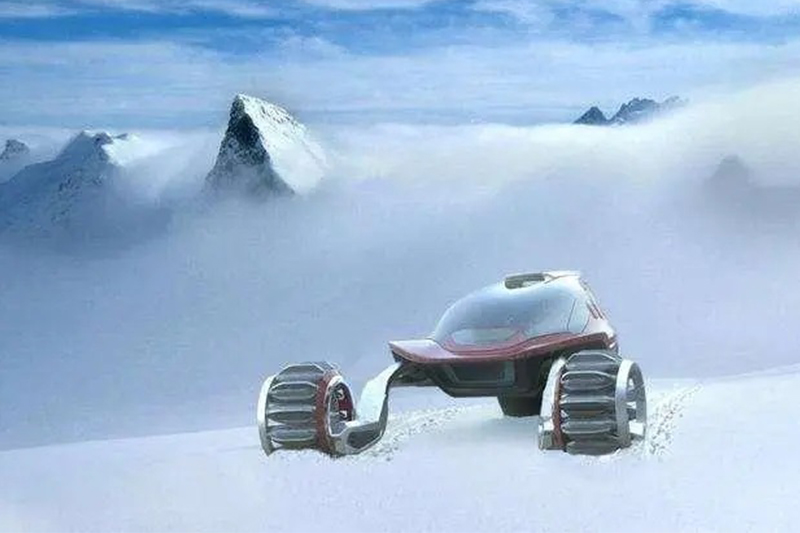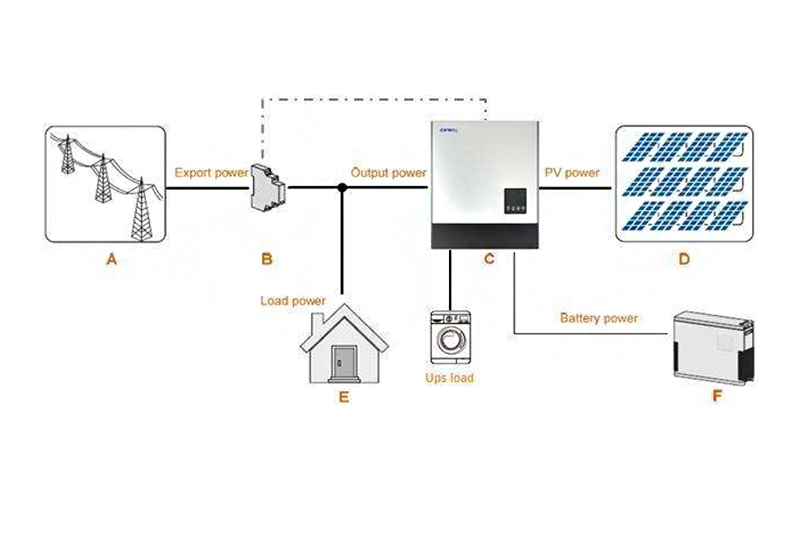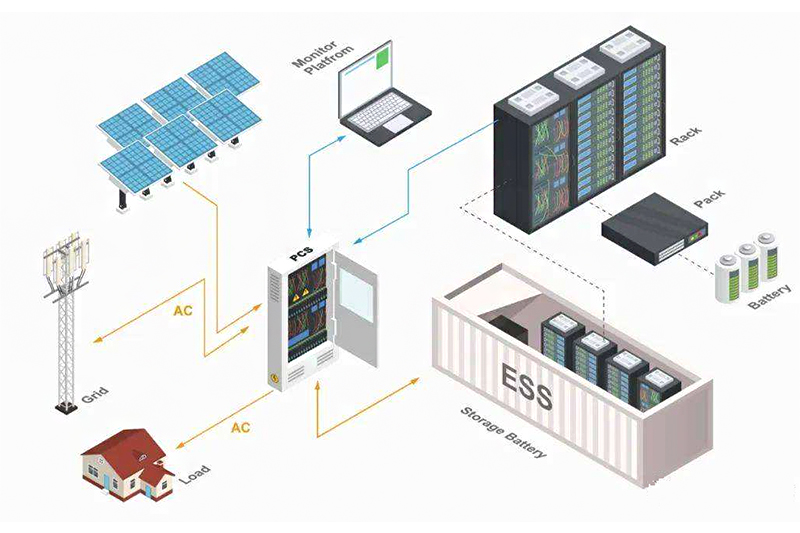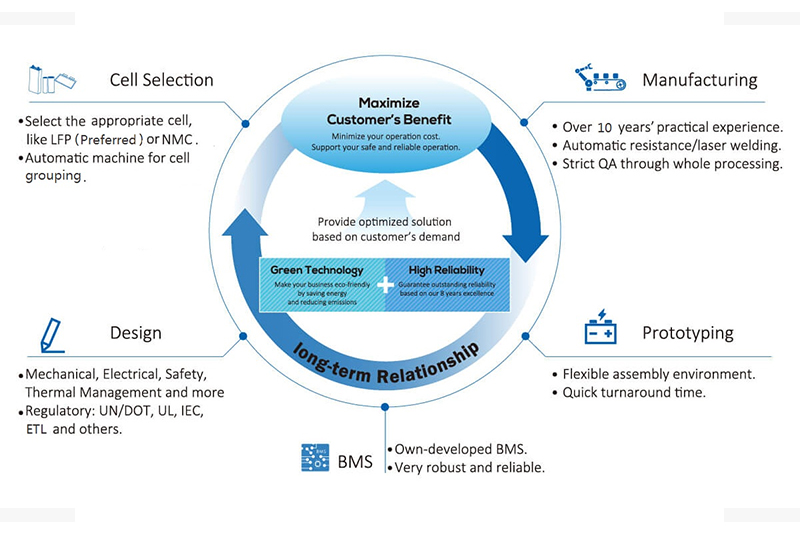The United States is a very potential energy storage market, which is
recognized by almost everyone. As a professional lithium battery energy storage
manufacturer, SES Power has noticed that some industry experts said at the
Hawaii Energy Conference held not long ago that energy storage systems and
distributed energy storage systems will play a key role in maintaining the power
grid in Hawaii, especially is the stability of the grid. Because of plans to
shut down a 180MW coal-fired power plant on the island of Oahu in the state of
Hawaii.
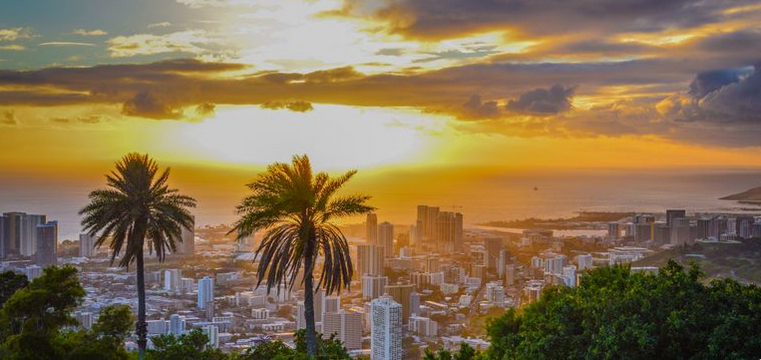
“We do need to tap into these resources, especially in order to achieve the
100 percent decarbonization goal of Hawaii, and I think both storage systems
provide the grid,” Scott Schalich, head of marketing at storage developer Plus
Power, told the conference. unique benefits.”
The 80MW coal-fired power plant owned and operated by AES currently meets
15% of Oahu's electricity needs, but is scheduled to retire later this year.
Hawaiian Electric is looking to replace it by deploying renewable energy and
energy storage, but regulators worry that delays to those projects could pose a
threat to the reliability of the grid.
Last February, the Hawaiian Public Utilities Commission released a report
examining and analyzing Hawaiian Electric's plans to retire the coal-fired power
plant on Oahu, as well as renewable energy projects designed to replace it. One
of their concerns was that without adequate planning, the power plant would have
to be replaced with an oil-fired power plant.
Hawaiian Electric is also considering closing other fossil-fuel power
plants, including the 38MW Kahului oil-fired power plant by 2024, and the Waiau
oil-fired power plant with an installed capacity of 49MW.
The Hawaiian Public Utilities Commission approved an emergency demand
response plan in June last year to ease potential energy shortages following
plans to retire coal-fired power plants. This work includes a predetermined
scheduling plan, as well as extending a pre-existing rapid demand response plan.
The 50MW dispatch plan is open to customers with distributed energy sources and
is able to deploy battery energy storage systems for customers: customers are
committed to providing 10 years of power service and will receive up-front
incentives.
Different kinds of energy storage technologies will play a role in
enhancing grid reliability and resiliency, Schalich told the Hawaii Energy
Conference.
Plus Power is the developer of the Kapolei energy storage project, a
185MW/565MWh energy storage project currently under development on Oahu.
Scheduled to come online in summer 2022, the project is part of Hawaiian
Electric's plan to ensure grid reliability following the retirement of AES'
coal-fired power plants. The project is currently expected to come online on
March 10, 2023, Hawaiian Electric spokesman Shannon Tangonan said in an
email.
She added, “We are pleased with the progress of the Kapolei energy storage
project given the supply chain issues and other challenges faced by developers.
We have other solar-plus-storage projects coming online prior to the closure of
coal-fired power plants that could Provides additional capacity and reliability
following the retirement of a coal-fired power plant in September of this
year.”
"The Kapolei energy storage project is a fully dispatchable large-scale
project that will help Hawaiian Electric with features such as load shifting and
fast frequency response," Schalich said.
The state of Hawaii needs to deploy more utility-scale and distributed
energy storage systems, agrees Daniel Crotzer, CEO of energy storage control
platform FractalEMS. He noted that, in some cases, the region does not have
transmission facilities capable of delivering electricity from renewable sources
to areas that are subject to significant loads. "Therefore, more locally
distributed renewable energy needs to be deployed," he said.
SES Power thinks this is the right choice, because the distributed energy
storage system is more flexible and easier to implement. The energy storage
products we have launched cover 12V to 560V, and the capacity is from 1KWh to
1MWh, covering lead-acid replacement, industrial matching, UPS, RV, solar energy
storage, home energy storage, etc. Almost all of these products are standardized
and modularized, integrating RS485, CAN and other communication protocols to
support remote monitoring and operation. Many of these products are used in the
distributed energy storage market by partners in Europe or the United
States.
At the same time, distributed energy does present a lot of complexity, said
Jon Fortune, vice president of market development for grid services at Swell
Energy.
"They're not just serving the grid, they're serving customer needs," he
said, adding that unlike stationary energy storage systems, EVs don't charge all
the time and can also be discharged for use as a grid resource. But he noted
that distributed energy storage offers more opportunities when scaling up, such
as plans to retire coal-fired power plants on Oahu.










